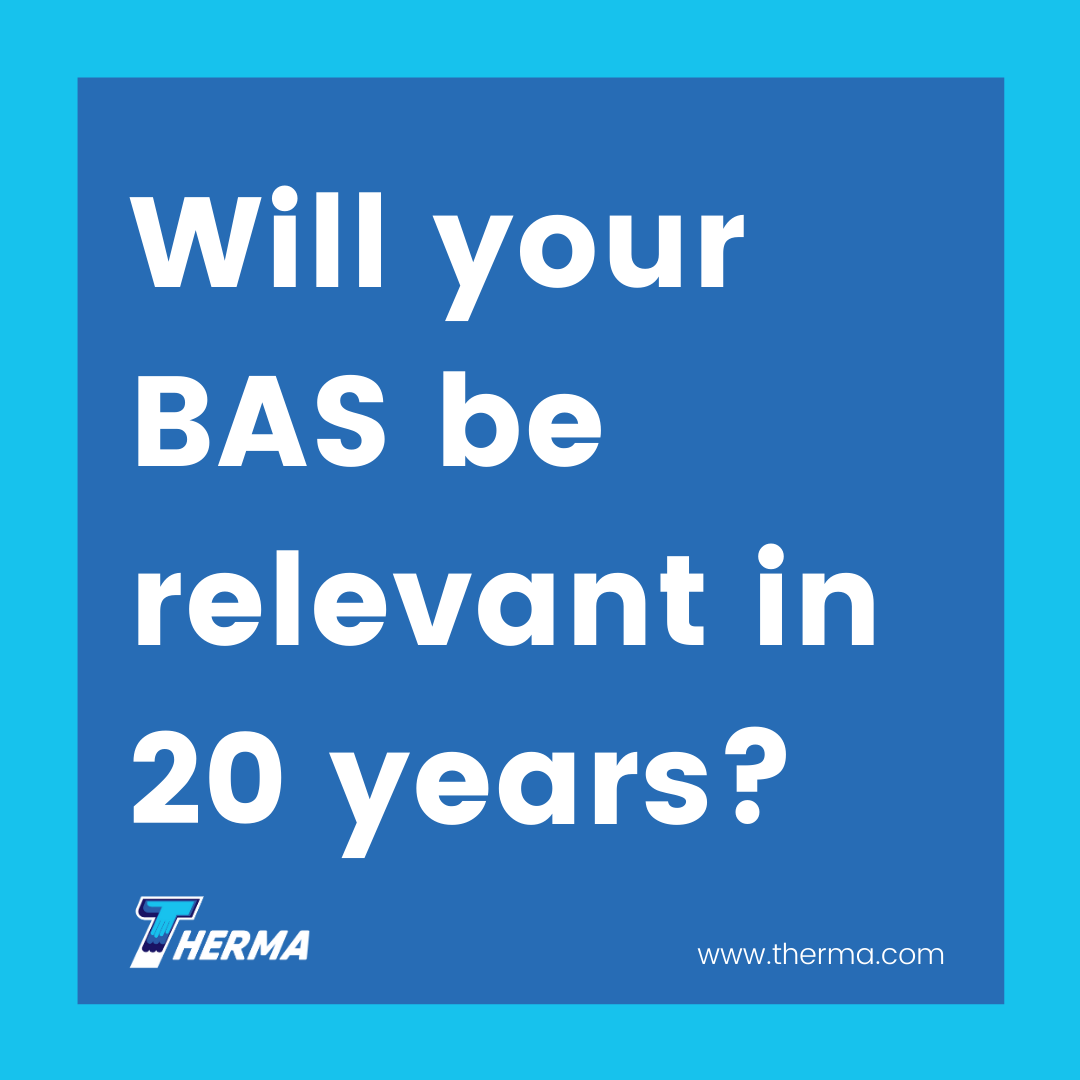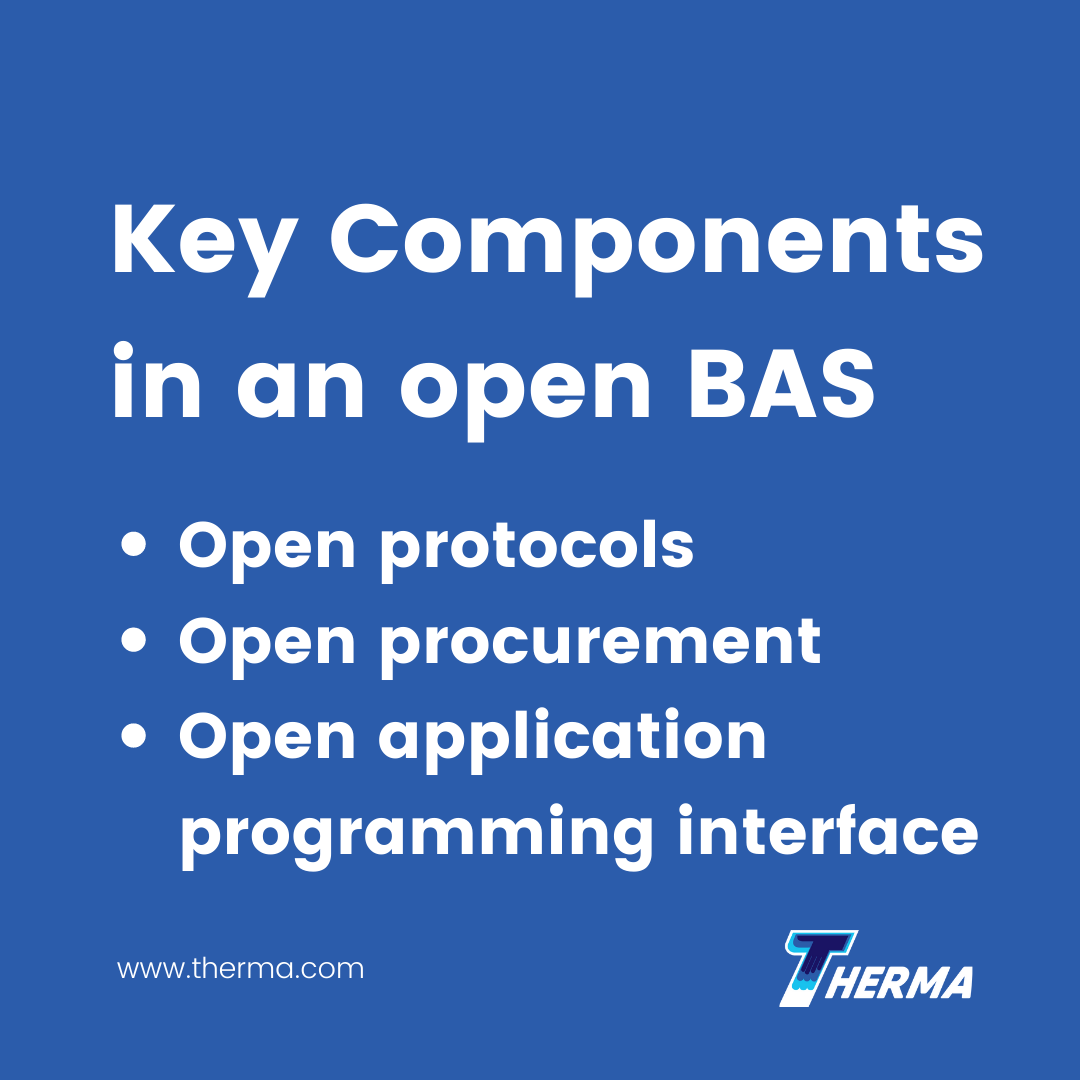Open Building Automation Systems: Pros, Cons and Considerations
By Ruth Seeley
Determining the best building automation system (BAS) for your building’s next 20 years means taking a look at replacing a proprietary with an open BAS.

Traditional building automation systems had three distinct disadvantages:
- They were built using proprietary tools and protocols usually licensed to a single authorized dealer, so service, support and upgrades could only be performed by that dealer.
- Building owners and facilities managers couldn’t, therefore, take advantage of a competitive market. When a building’s system required upgrading, once again they were faced with ordering an upgrade from the same single licensed dealer.
- Proprietary BAS configurations were primarily enterprise-level software designed for huge buildings — think 50,000 square feet — which meant they weren’t affordable or suitable for smaller buildings.
Truly Open Building Automation Systems
There is often confusion within the industry about what constitutes a truly open building automation system. It’s not just about the protocols. A truly open BAS can integrate with other building systems throughout a campus or portfolio.
With degrees of openness among these systems, there are several factors to evaluate when designing an open BAS:
- Open protocols
- Open procurement
- Open application programming interface
Open Protocols
The first step in successful communication is shared language, and that’s precisely what protocols are: the language devices use to communicate with each other. Field-level controllers — sensors and actuators — are the lowest level of the automation hierarchy. Their main task is to transfer data for monitoring and analysis.
At the protocol level only, BACnet, LonWorks, Modbus and OPC have standards that must be met before a system can claim open communication protocols. Without open BAS, specific protocols known as gateways have to be created to permit one piece of equipment to communicate with another. Expensive to manufacture and buy, they only have a single connection, so multiple gateways would eventually be required as systems age and devices are replaced. As bridges rather than multilane highways between two different pieces of equipment, they could also only transfer limited amounts of information.
Open Procurement
Open procurement refers to the ability to use different components rather than being locked into a single vendor’s parts. In computer terms, PCs are an example of open procurement: There’s no reason why you can’t use a Dell monitor with an Asus keyboard and a Lenovo tower. You can also buy your monitor, keyboard and tower from three different sources if you like. That means getting exactly the system you want at the best possible price. It’s the same with open BAS systems.
Open Application Programming Interface (API)
The API is what gives you the ability to access and interpret the data from your building automation system so you can analyze it and develop other applications that can integrate devices with the BAS. Despite the acceleration of the smart building trend, manufacturers still want to sell their proprietary products, and some are still reluctant to embrace open APIs. Even if they do, not all APIs are created equal. Some come without documentation. Others have documentation but you will need to buy a developer license to gain access to it. The most open APIs provide documentation without requiring a license.
The Case for Open BAS
The scalability and competitive pricing of open BAS make them the systems of the future. Given that complete building automation can save up to 50 percent of a building’s energy costs, investing in an open BAS when you need to replace a proprietary legacy system makes sense. More and more systems — including lighting, blinding and HVAC — can be integrated into these systems. As the industry matures, it will be able to provide enterprise-level solutions for bigger buildings but still offer flexible, niche solutions for smaller projects.
Biography
Ruth Seeley writes about artificial intelligence, books and publishing, business, homes and gardens, construction, electrical, electronic and mechanical engineering and procurement.
References:
- https://www.johnsoncontrols.com/insights/2017/buildings/features/open-bas
- https://www.facilitiesnet.com/buildingautomation/article/4-Questions-To-Ask-Before-Buying-a-New-BAS–17359
- https://www.facilitiesnet.com/buildingautomation/article/Laying-the-Groundwork-for-Open-BAS-Systems–6483
- https://inbuildingtech.com/opinion/is-open-source-bas-the-key-to-driving-building-automation/
- https://www.opensourcedworkplace.com/glossary/what-is-a-building-automation-system-bas-
- https://buildingautomationmonthly.com/is-your-bas-open/
- http://www.automatedbuildings.com/news/jul13/articles/controlco/130629033606controlco.html
- https://www.buildings.com/news/industry-news/articleid/18660/title/open-source-solution-for-bas-systems
- https://buildingautomationmonthly.com/evaluate-bas-openness/
- https://www.distech-controls.com/en/products/family/field-devices
- https://controlyourbuilding.com/blog/entry/the-ultimate-guide-to-building-automation









